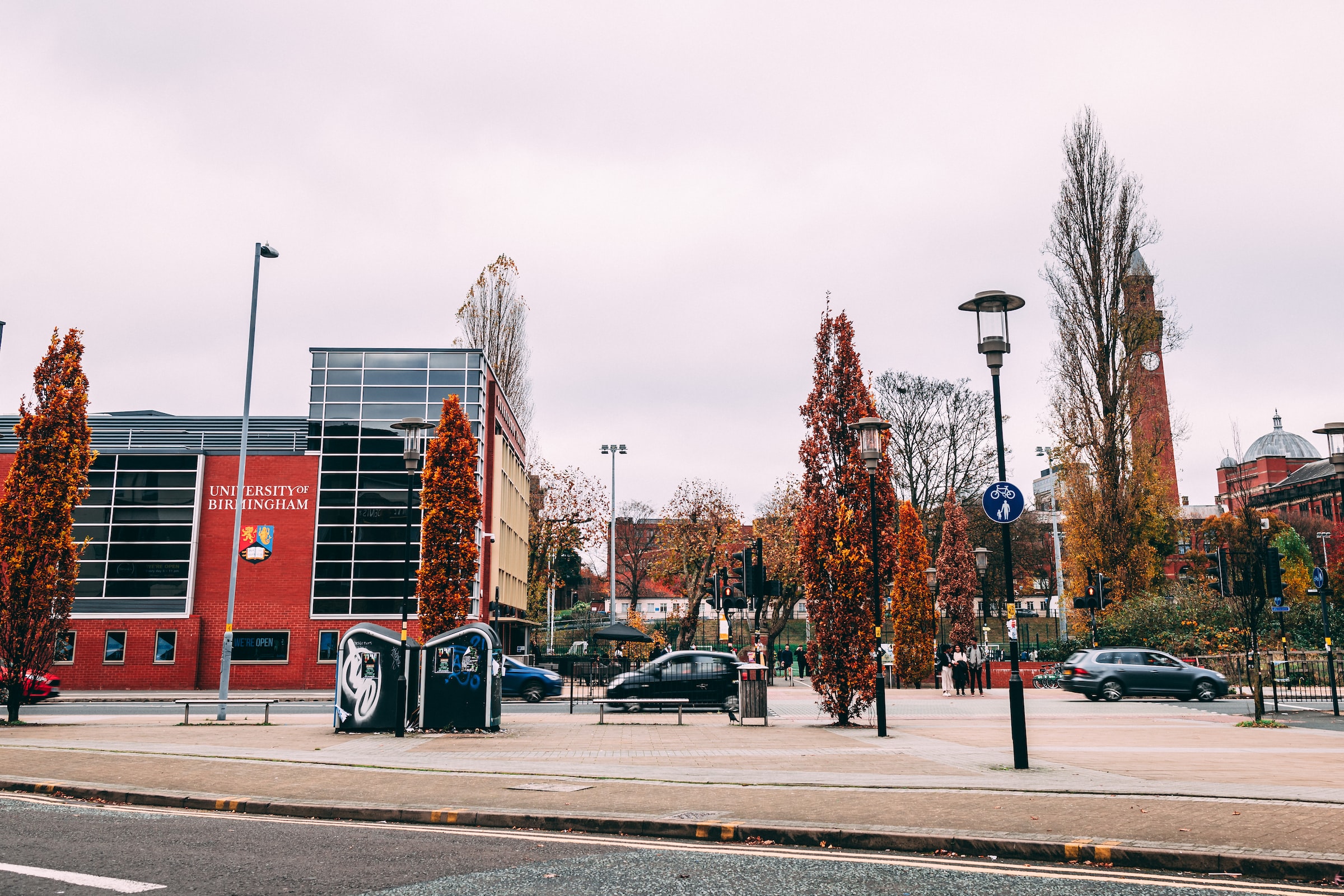
TV Critic Elinor Griffiths looks back at The Vampire Diaries, arguing its character-driven storytelling still slays a decade on
Many of my friends know me as being a TV fanatic as I have pretty much watched every show there is, but whenever they ask me what TV show to watch next, my recommendation is always the same: The Vampire Diaries. Since the show began in 2009, I have been a long-term, devoted fan of CW’s The Vampire Diaries and with my keen interest in the supernatural, it is the only show that I have managed to repeatedly binge without skipping any of the episodes. It is a show that has followed me through adolescent life and since then, I have found myself always returning to the drama of Mystic Falls. As I started to re-watch the seasons during the lockdown, I noticed things I had not before – about the narrative, the characters, and the show in general.
The Vampire Diaries’ storylines are thrilling and unparalleled
The Vampire Diaries focuses on a group of teenagers and their deep family ties to the small town of Mystic Falls, which has a supernatural history. It follows the once popular girl Elena Gilbert (Nina Dobrev), who is grieving over the death of her parents and living with her young aunt Jenna (Sara Canning) and brother Jeremy (Steven McQueen). With the entrance of Stefan Salvatore (Paul Wesley) and his brother Damon (Ian Somerhalder), Elena is introduced to a world that is entirely inhuman and surreal. The return of the Salvatore brothers, who are both vampires, unlocks the town’s supernatural past and the families descended from it.
There are many reasons why you should watch The Vampire Diaries, but in my opinion, its main reason is the creators, Julie Plec and Kevin Williamson’s, ability to establish engaging storylines. The Vampire Diaries’ storylines are thrilling and unparalleled, whilst preserving a sense of realism and familiarisation in each character’s arc. The universal themes of family, identity, and fear of death are The Vampire Diaries’ most fundamental motifs, which creates a setting that is still relatable to a modern-day audience.
When thinking of love triangles, most people think they are a cliché, cringe, and completely overused. This is not the case in The Vampire Diaries, as it is easy to root for either Stefan or Damon, and at times, both. The show plays with the idea of love, understanding that there are many forms of it, and removes the stereotype of the main protagonist having one ‘epic love.’
While the central characters are teenagers, the show does not feel like a typical teen drama. It exposes arduous and gruelling conflicts that adults are often faced with in real life, which is evident in Elena being forced into adulthood after she loses her parents and as she is almost always amid perpetual danger. The show strays away from conventional storylines by incorporating supernatural elements into everyday problems that act as metaphors for human struggles. For example, Stefan’s addiction to blood is parallel to alcoholism and addiction, and the vampiric ability to suppress human feelings of empathy resembles a human’s struggle with apathy.
The show incorporates supernatural elements into everyday problems that act as metaphors for human struggles
Another reason I was captured by this show was its ability to create and maintain fierce and powerful female characters. The women are never portrayed as just another damsel in distress, as not only can they save themselves but more often than not, save the male characters too.
It is rare that I have watched a show and fallen in love with the villains of the storylines, however, throughout the eight seasons of The Vampire Diaries, some of my favourite characters have been those that I felt the need to hate. The show created rich and complex antagonists that have pulled at my heartstrings and garnered my sympathy.
The evil and sadistic portrayals of Klaus Mikaelson (Joseph Morgan) and Kai Parker (Chris Wood) were my personal favourites. As the first vampire and werewolf hybrid, Klaus borders on indestructible and despite being a serious threat to Mystic Fall’s heroes, is a funny, charismatic villain who is often more relatable than most of the good characters. After seasons of the Mikaelson family being labelled as psychotic and misunderstood, Kai Parker reminds us that being evil can be a lot of fun. This is a villain who shares no remorse or guilt for his actions and ultimately loves being evil. He was a breath of fresh air and a standout character during the later seasons.
Whilst I obviously have an emotional connection to The Vampire Diaries, it is definitely a show worth watching. Each character is relatable, and the show does a brilliant job of making you feel a part of the character’s journey. This show will always remind me of a certain time in my life, a time when I was growing up, much like the characters of The Vampire Diaries. If you do decide to watch it and become a resident of Mystic Falls, I hope you love it just as much as I do.
Check out more TV articles here:
Throwback Shows: Buffy the Vampire Slayer

Comments